Direct Cinema and Cinéma Vérité – Guide to the Genres
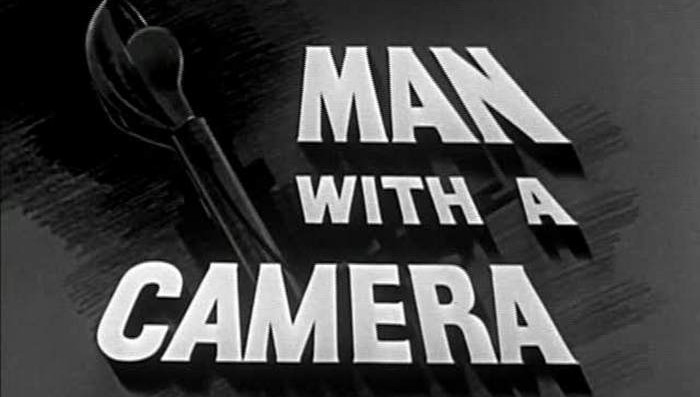
| Category | Tutorials & Guides, Wiki |
| Written by | Oliver Stangl |
| Published on | August 29, 2011 |
Summary:
Although the terms Direct Cinema and Cinéma vérité are often described as being quite similar, they are in fact two opposing ways in trying to meet the same goal – [...]
Although the terms Direct Cinema and Cinéma vérité are often described as being quite similar, they are in fact two opposing ways in trying to meet the same goal – a goal that is nothing less than reality itself. Some refer to it as that strange beast by the name of “objectivity” others even dare calling it the “truth”. To a much wider degree than one might guess we are talking philosophy here, but let’s hold our horses for a moment and talk history first.
During World War 2 moving pictures were misused as a propagandist tool, so one could say there was a bit of a natural mistrust concerning information transported on celluloid afterwards. Furthermore early documentaries tended to be more of a lecture with an authoritarian almighty-sounding voice-over.
Movies lie for a living, no news there. So how do you tell the truth when everybody knows how easy it is to lie with the help of light and sound? Of course these questions were around much earlier than the second half of the 20th century.
Back in the 1920s Russian filmmaker Dziga Vertov established a concept called “Kino-Pravda”, film-truth and made a newsreel series which didn’t have the intention to just depict moments of real life but through the help of editing find and show a deeper truth behind his material. He also wanted his audience to reflect upon their status as viewers as well as on the production methods of movies. A good example is one of his most famous works, Man With a Movie Camera
It has to be said that in those futurist years propaganda wasn’t considered an enemy yet but Vertov’s had another problem: he was ahead of his time, which means that the necessary technical devices for his visions simply weren’t around yet.
Two preconditions were essential to enable documentary filmmakers’ quest for the truth: technical novelties and social change. Before the late 1950s sound recording machinery was extremely heavy or unreliable. Sound had to be recorded in advance and be somewhat synchronized afterwards or was even created in the studio altogether. Lighter (it was pretty heavy still) camera and sound equipment made it possible to go out there and follow the desire to directly capture reality. The first masters of the new hand-held camera came from the French-speaking part of Canada. The Quebecois Michel Brault is their first pioneer. The so-called Quiet Revolution around the year 1960 brought immense social and political change with creating a welfare state and fighting discrimination against their French roots and many of those films share those visions, the social conscience. But the truly revolutionary aspect of what soon was to be called Direct Cinema is in its style: strictly observational, the camera should be merely a “fly on the wall”. The directors believed that once the subjects of their study were accustomed to the camera being around they wouldn’t bother anymore and be (well act) natural.
Les Raquetteurs (1958) co-directed by Brault and Gilles Groulx was a predecessor of this new genre and explored a snowshoe convention in rural Canada. No voice-over or any other kind of outside narration tells the audience what to think:
What Direct Cinema is looking for are so-called “priviledged moments”, when those being filmed forget that fact and a somewhat hidden truth is being revealed. To achieve that, extensive filming may be inevitable and editing is the most important tool to gain dramaturgy (sometimes the ratio between resulting film and filmed material could be 1:40 or even as large as 1:100).
The United States weren’t far behind. Life magazine journalist Robert Drew wanted to adapt the methods of photojournalism to film and began experimenting with technology. “My goal was to capture real life without intruding. My idea was to have one or two people, unobtrusive, capturing the moment.” Drew said in 2003. Together with Richard Leacock, D.A. Pennebaker, Terence Macartney-Filgate, and Albert and David Maysles he formed the Drew Associates. In 1960 they made three documentaries for Time-Life Broadcast: Yanqui, No! about the difficult relationship between Latin America and the US, Eddie (On the Pole) and Primary about the 1960 Wisconsin presidential primary campaign between John F. Kennedy and Hubert H. Humphrey. The TV Broadcast through Time-Life brought a lot of attention and a wide audience but also a lot of debate on this new kind of production, which led Time-Life to drop Drew Associates who carried on, on their own. One of their masterpieces is Crisis: Behind a Presidential Commitment (1963), a film that would fuel a nationwide debate and is an example of political impact and power that today’s TV or cinema could only wish for. Crisis is the close-up of a political watershed. George Wallace, Governor of Alabama, tried to oppose integration by blocking two Afro-American students from attending University. Drew Associates were allowed to film the following debates between president Kennedy and Wallace inside the Oval office – something that is impossible to imagine in today’s politics.
In 1987 Albert Maysles talked to The New York Times about the essence of Direct Cinema: “The Hollywood film is an escape of one sort or another. But our films make it damn near impossible to escape. We’re interested in what you can’t escape from and presenting it. Some people get a little edgy when they see something that is so personal. They don’t know where to turn to look for the kind of buffer that most movies give them. In fiction you can say ‘it’s only a movie’ and forget it. You can’t do that with reality.”
Meanwhile the French were also influenced by all the new technical stuff but when it comes to their notion of reality they are contradicting the New World. A lot. Gaining objectivity by pretending the camera wasn’t there seemed dishonest or simply impossible to them, because something that’s there is – well – there and there’s no denying the altering effect of it. This would only be the illusion of reality. For this movement, which would soon be called Cinéma vérité after the subtitle of Jean Rouch’s and Edgar Morin’s defining work Chronique d’un été (Chronicle of a summer) the camera became a catalyst tool. The Direct Cinema folks wanted to observe impartially (or thought they would), the Vérité guys liked to provoke to get insights, the filmed subjects didn’t plan to share or maybe even didn’t know were there. In Moi, un Noir Jean Rouch even went so far as to let the subject take the camera and direction. Reflection was another key strategy in Cinéma vérité. In Chronique d’un été for example Parisians were interviewed and later confronted with their statements and this confrontation was filmed once again.
Direct Cinema’s protagonists often had a background in journalism whereas the beginning in Vérité lay in sociology and anthropology. In the latter, set-ups were often staged, filmmakers and their subjects would interact, revealing the techniques behind producing a film and questioning their own role in the process.
Edgar Morin summed it up perfectly: “There are two ways to conceive of the cinema of the Real: The first is to pretend that you can present reality to be seen; the second is to pose the problem of reality. In the same way, there were two ways to conceive Cinéma vérité. The first was to pretend that you brought truth. The second was to pose the problem of truth.”
Considering all that, we have to be aware we are not talking “Dogma 1995” here. There was no set of rules or manifestos describing what or what not Direct Cinema or Cinéma vérité had to look or be like. Different filmmakers as well as different philosophers and very well every single human being has a differing take on reality and one has to check out the films of the above as well as those of people like John Cassavetes, Frederick Wiseman, Ulrich Seidl, Michael Moore, Chris Marker and many others to see if there is any “truth” and if so, how this notion of reality manifests itself.
The techniques used in those cinematic movements are common ground today and their influence to be seen in feature films, music videos or TV news so to give filmed material a truthful look. Most significantly those are the shaky hand-camera and a kind of low tech-look of faulty material be it over- or underexposed. They’ve got an authentic feel to them just because they are the opposite of Hollywood perfection. Famous examples would be The Blair Witch Project, Cloverfield or Curb Your Enthusiasm.
Finally there’s been some discussion whether Michael Moore could be considered heir to the Cinéma vérité tradition with his very subjective take on documentary filmmaking. He’s a provocateur alright, with his famous ambush interviews, stinging irony and satirical tone. Well, whatever the truth may be, get your own picture of it. Capitalism-a-love-story







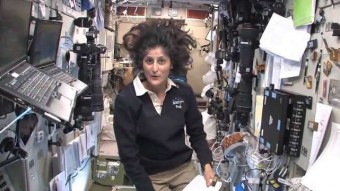
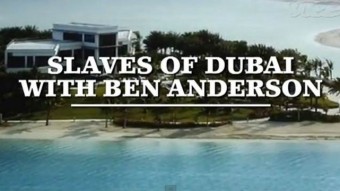

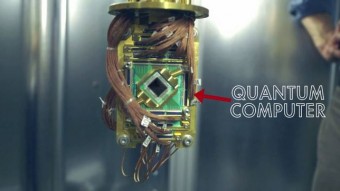
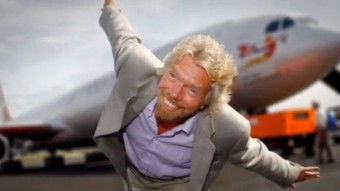
Comments